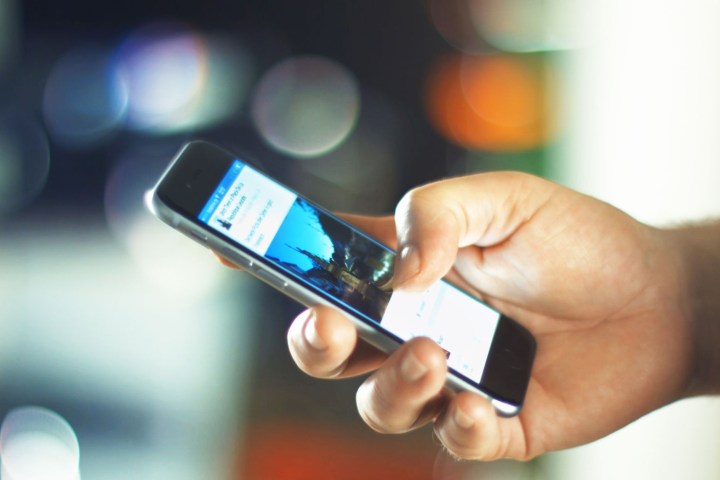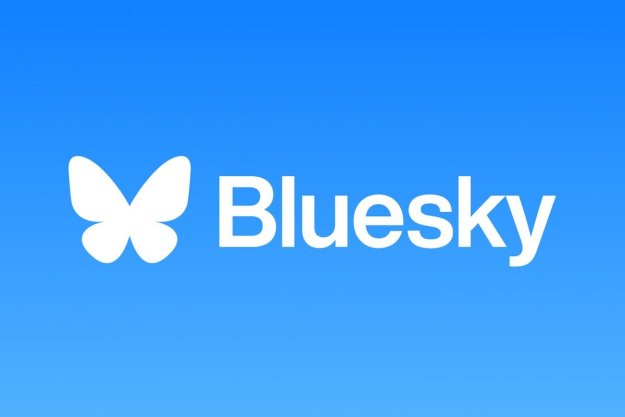
Facebook says that it found more than 3,000 ads that came from inauthentic accounts linked to a Russian group called the Internet Research Agency (IRA) that operated between 2015 and 2017. Some 10 million people in the U.S. viewed at least one of those ads, with around 44 percent of those views happening before the 2016 presidential election. The ads, as well as the spread of fake news during the election, have brought the social media platform under scrutiny.
In an attempt to bolster transparency, Facebook is now giving users the option of seeing what
“It is important that people understand how foreign actors tried to sow division and mistrust using Facebook before and after the 2016 U.S. election,”
You’ll only be able to use the tool if you did, in fact, directly follow an account set up by a Russian troll on Facebook or Instagram. The tool won’t show you content you may have seen simply because a friend hit the “Like” button, thereby displaying it on your News Feed. Indeed,
Facebook said its advertising guidelines are designed to prevent abuse without inhibiting free speech. For example, preventing advertisers from advertising globally to other countries would prevent organizations like UNICEF and Oxfam from communicating with global audiences. All of the ads in question, however, violated policy because they came from inauthentic accounts, but
“We strongly believe free speech and free elections depend upon each other,” Schrage wrote. “We’re fast developing both standards and greater safeguards against malicious and illegal interference on our platform. We’re strengthening our advertising policies to minimize and even eliminate abuse. Why? Because we are mindful of the importance and special place political speech occupies in protecting both democracy and civil society. We are dedicated to being an open platform for all ideas — and that may sometimes mean allowing people to express views we — or others — find objectionable. This has been the longstanding challenge for all democracies: how to foster honest and authentic political speech while protecting civic discourse from manipulation and abuse.”
With the data, Facebook also shared a list of next steps the platform is taking to catch ads like those from the so-called Internet Research Agency — which violated
The platform is also taking steps to help users better determine where an ad came from. In the name of transparency, users will soon be able to click on an ad targeted to them and also view ads targeted toward other demographics, a feature that Facebook is currently building. Expanded advertising policies are also coming. For Pages that want to run ads related to U.S. federal elections,
“The 2016 U.S. election was the first where evidence has been widely reported that foreign actors sought to exploit the internet to influence voter behavior,” wrote Elliot Schrage, Facebook’s vice president of policy and communications. “We understand more about how our service was abused and we will continue to investigate to learn all we can. We know that our experience is only a small piece of a much larger puzzle.”
Since the U.S. election, the platform has also taken steps to curb fake news in elections in Germany and the U.K.
Update: Facebook now shows you what IRA-run pages and accounts users followed.
Editors' Recommendations
- Facebook’s new controls offer more customization of your Feed
- Facebook’s new privacy tool convinced me to delete my account
- The Off-Facebook Activity tool lets you take control of your shared data
- Facebook has strict new rules for political ads ahead of the 2020 election



